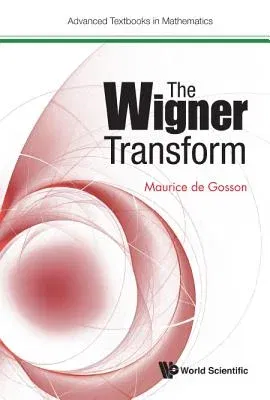Maurice A De Gosson
(Author)The Wigner TransformPaperback, 18 July 2017

Qty
1
Turbo
Ships in 2 - 3 days
In Stock
Free Delivery
Cash on Delivery
15 Days
Free Returns
Secure Checkout
Part of Series
Advanced Textbooks in Mathematics
Print Length
252 pages
Language
English
Publisher
World Scientific Publishing Europe Ltd
Date Published
18 Jul 2017
ISBN-10
1786343096
ISBN-13
9781786343093
Description
Product Details
Author:
Book Format:
Paperback
Country of Origin:
SG
Date Published:
18 July 2017
Dimensions:
22.61 x
15.24 x
1.52 cm
ISBN-10:
1786343096
ISBN-13:
9781786343093
Language:
English
Pages:
252
Publisher:
Weight:
417.3 gm

